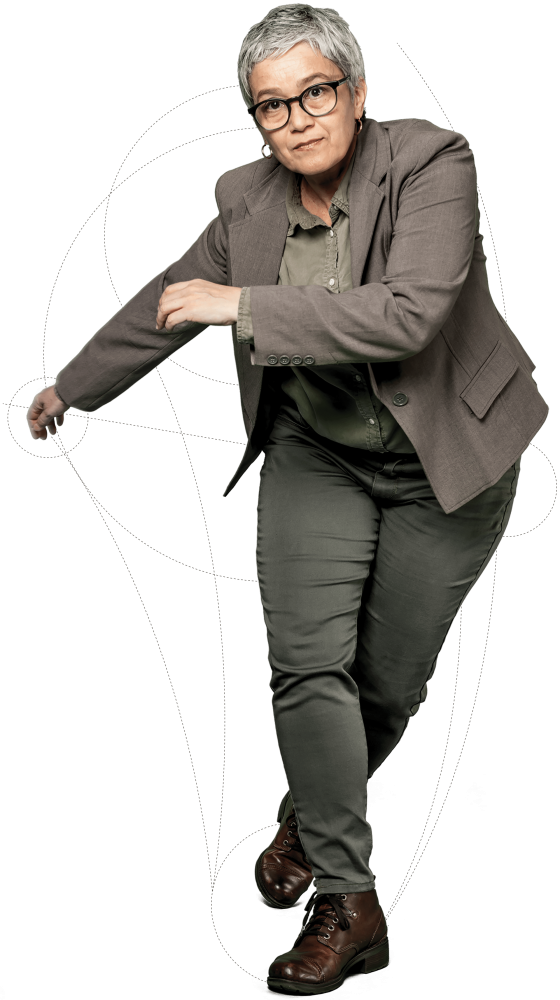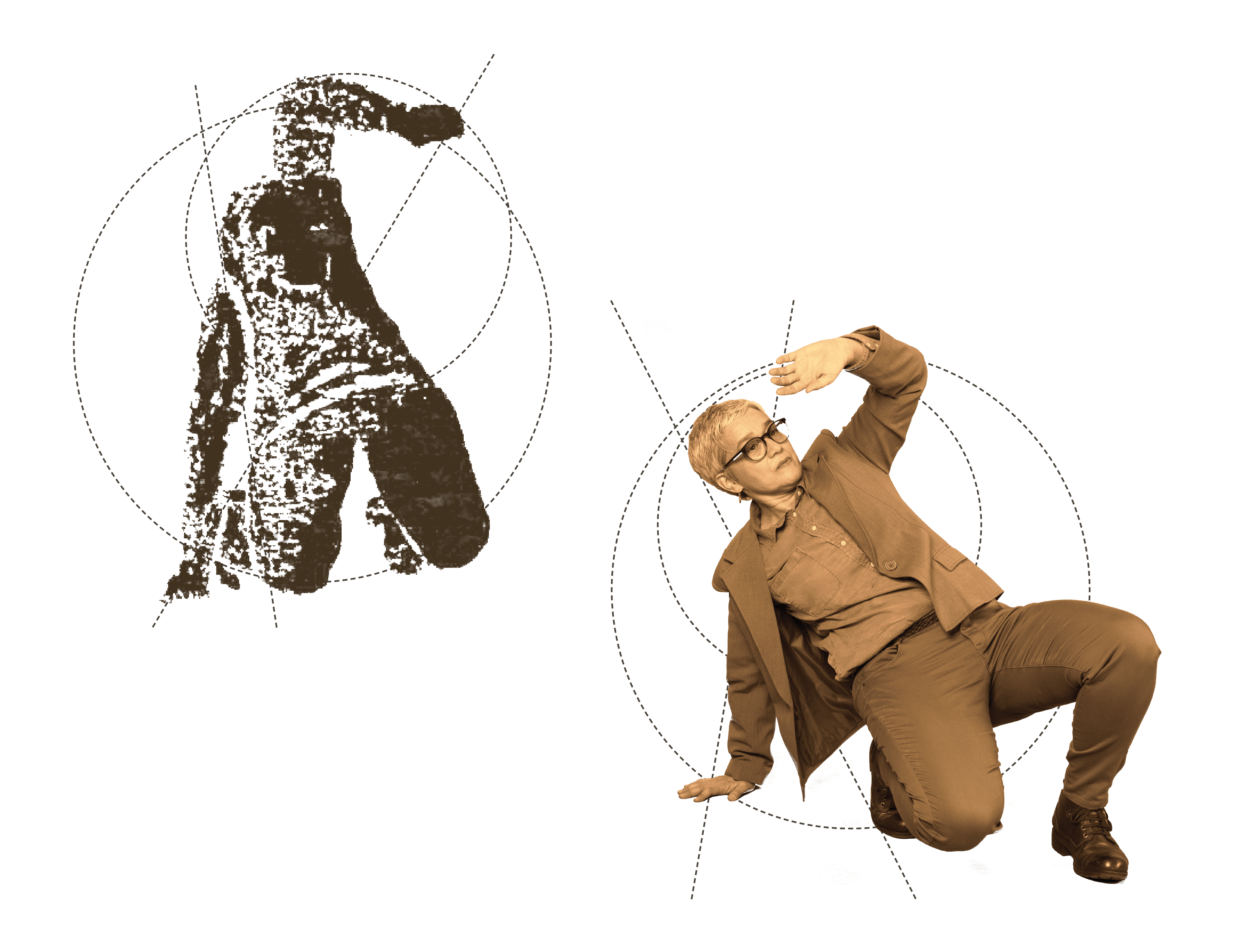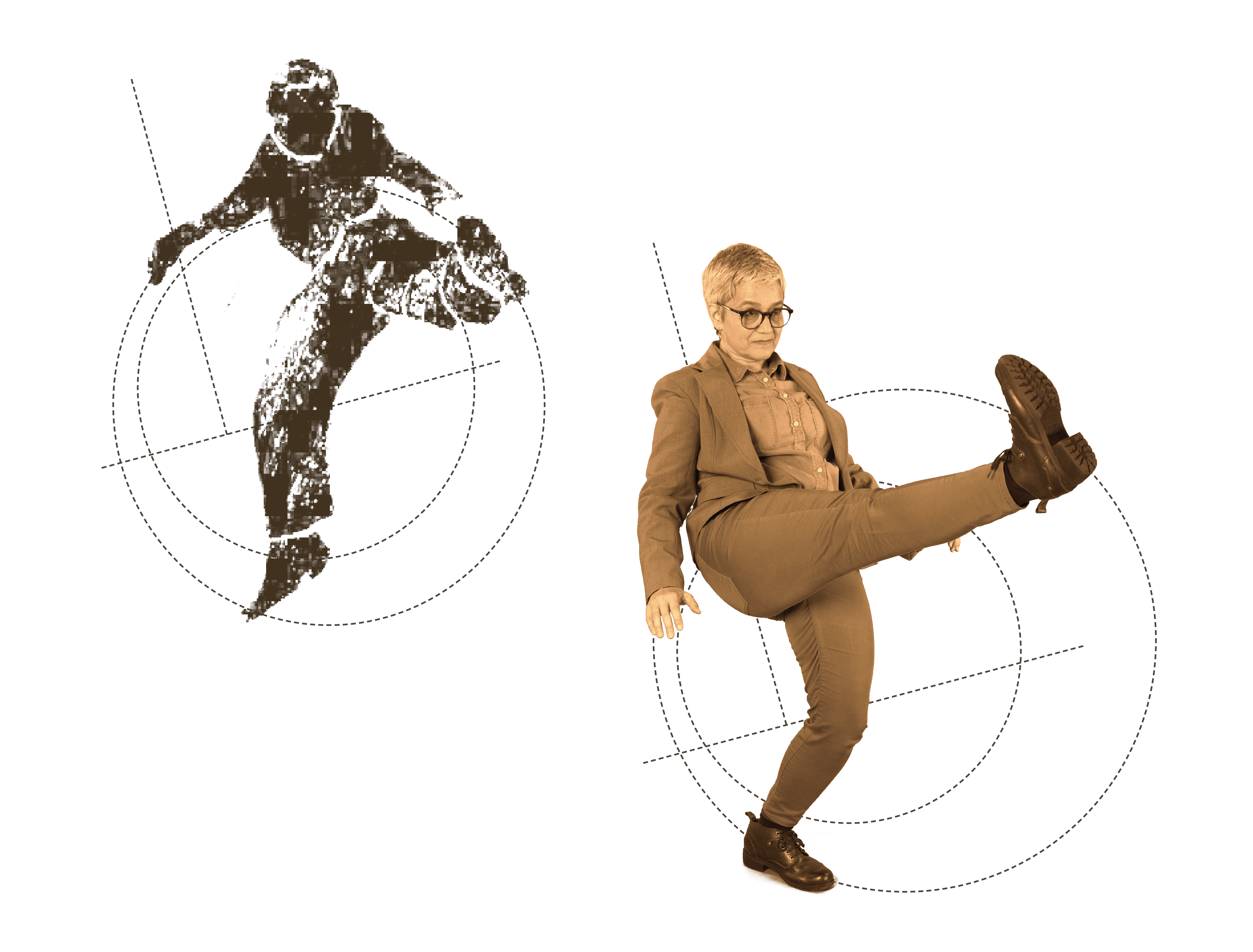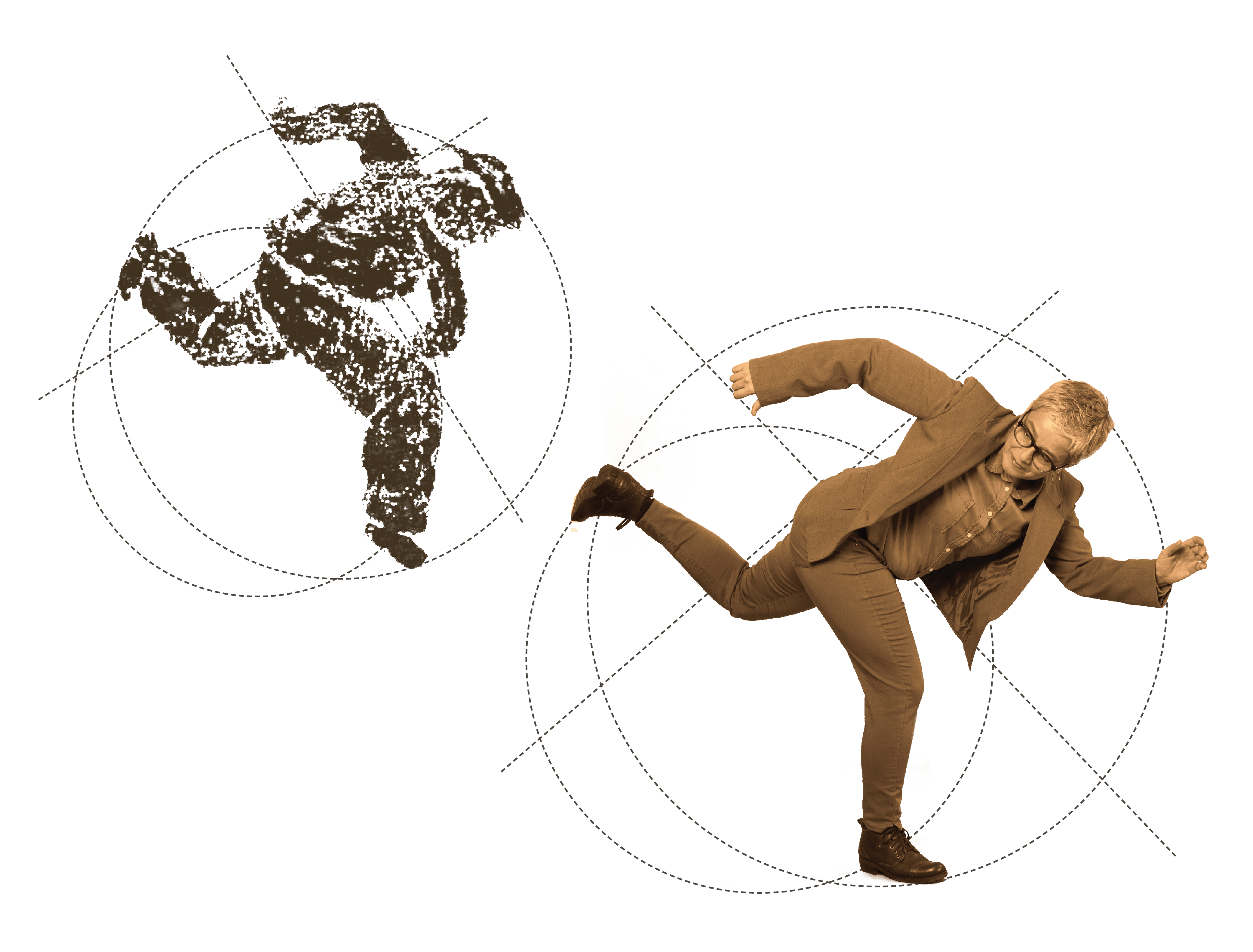Authorities misunderstood and suppressed capoeira as it arose on the streets of Brazil, frequently arresting practitioners of the martial art. Assistant Professor of Dance Ana Paula Höfling thinks scholars have misunderstood capoeira’s subsequent movement from the streets to the stage, an error she works to correct in her latest book, “Staging Brazil: Choreographies of Capoeira.”
An acrobatic form with African roots, capoeira incorporates elements of dance, with dramatic leaps, flips, sweeps, and flying kicks. “Players alternate between strikes and defenses in an improvised and fluid call and response,” says Dr. Höfling. “It is a combat game that requires intense focus and cooperation. There is nothing else quite like it.”
Capoeira traveled from the Brazilian underclass to world stages in the 1960s, becoming “a moving postcard of Brazil,” Höfling says. She became captivated as an undergraduate in California when she enrolled in capoeira classes at a school near her home. Her first instructor, Mestre Acordeon, studied with Mestre Bimba, “an amazing historical figure,” she says, who created a well-known teaching manual and record.
Höfling has immersed herself in the practice and history of capoeira in the years since, making it the focus of her dissertation and her most recent book, published in 2019 by one of the top academic presses for dance studies. She interviewed practitioners across Brazil and in New York City. She spent time in libraries, newspaper archives, and people’s homes, studying articles, photographs, and instructional record albums and manuals. “I tried not to reproduce claims that were made before without rethinking them,” she says. The process corroborated some earlier beliefs about capoeira, but debunked others.
For example, some claim the transition from Brazilian streets to international stages robbed capoeira of its power and authenticity. Höfling challenges those arguments: “These spectacles were choreographed by capoeiristas; they were danced and performed by capoeiristas. Why is that not part of the practice?”
She tried moves based on illustrations and descriptions in the old manuals and records. Doing so helped with her analysis of larger themes involving cultural authenticity and how the form evolved. “Rethinking claims of what is and what is not African is part of my analysis. Art historian Robert Farris Thompson made claims about African dances in the 1970s that have become widely used in dance studies. But I think it’s time to move on.”
In her book, Höfling includes rarely seen historical photographs and shines a spotlight on previously unheralded capoeiristas. They include Emília Biancardi, the first woman to direct a folkloric ensemble featuring capoeira, and Mestre Canjiquinha, who taught a generation of capoeira instructors. Practitioners have thanked Höfling for those inclusions. “It’s great when you see and hear the impact of your research,” she says. “If people in the capoeira community are reading the book, that makes it worth it.”




Above, Höfling reenacts moves from a manuscript created by Mestre Vicente Pastinha. Pastinha founded the first capoeira angola – or traditional-style – school in 1941. He illustrated his manuscript by tracing the work of photographer Pierre Verger.